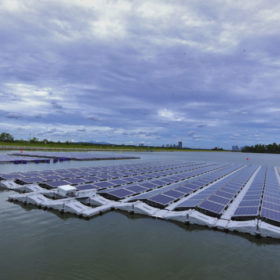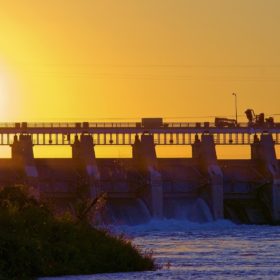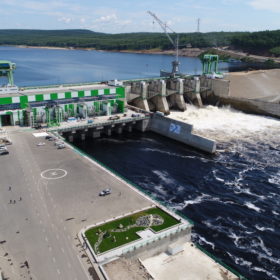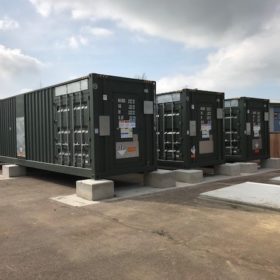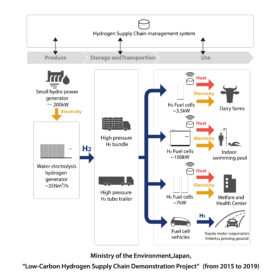Solar in Burundi – just add water
The African Development Bank is seeking consultants to explore how two hydropower projects and an associated grid planned in Burundi can incorporate solar power. The addition of photovoltaics is intended to reduce the country’s dependency on hydro, level out generation during dry and wet seasons and mitigate the effect of droughts.
Can Nam Ngum solar replace Mekong hydro in Laos?
The Lancang-Mekong River is being decimated by hundreds of tributary and mainstream hydroelectric projects from the Tibetan Plateau in China to Lower Sesan in Cambodia. On the Mekong, the Laos Government has constructed the majority of these projects and it is planning even more. But why does it only focus on hydroelectric power plants (HPP’s)? What about other renewable energy sources? Can Nam Ngum solar replace Mekong hydro?
Renewables and geopolitics: ‘There won’t be as much to fight over’
In the latest installment of pv magazine’s renewable energy and geopolitics series, Indra Overland says a new mindset is necessary to understand the geopolitics ahead as the rules of the fossil fuel era will no longer apply. A renewable world will have fewer strategic locations and bottlenecks and less territorial competition.
South Korean government announces 2.1 GW floating PV project
The huge floating plant is expected to be located on a water surface close to the Saemangeum, an estuarine tidal flat on the coast of the Yellow Sea. Construction on the facility is planned to start in the second half of next year. Around 4.6 trillion won ($3.9 billion) of private funds will be invested in the project.
Renewables and geopolitics: water and sun pivots to new world order
In our series of renewable energy and geopolitics interviews, Indra Øverland – head of the Center for Energy Research at the Norwegian Institute for International Affairs – explains why hydropower can be the perfect match for intermittent renewables such as solar and wind. Hydropower assets are one of the biggest geopolitical stories of the energy transition but receive almost no attention. Nations with strong hydro potential may become linchpins of regional renewable energy.
“Uruguay will not renounce solar energy”
In an exclusive interview held during the meeting “Experience of Uruguay: Business Hub of Latin America”, organized by the Uruguayan Embassy in Berlin, the country’s Minister of Energy, Guillermo Moncecchi, spoke about the future of solar in the country’s energy mix, while also recognizing its great potential by virtue of the fall in panel prices. Although its share is currently very limited and there are no prospects for large growth in the short term, solar power currently has good opportunities for development in distributed generation, as electricity prices are constantly rising. As for large-scale projects, new auctions could be held again in the coming years, but not immediately. The country, however, is still listed among the countries with the highest share of renewables in the world, with a precentage close to 98%.
First hybrid hydro-PV project announced in Russia
Russian module manufacturer Hevel will deploy 1.2 MW of solar at an hydropower facility operated by local energy provider Rushydro in the Amur region. The solar installation is intended to help the company better manage the power plant, while also reducing its operational costs.
UK, Germany should push on storage, EVs – BloombergNEF
Two new reports from BloombergNEF recommend that the two northern European countries should implement policies to accelerate the adoption of energy storage and smart electric vehicle charging, while also improving demand response and interconnection to Nordic hydropower reservoirs. All of these actions are expected to further reduce fossil fuel dependence and add flexibility to their respective energy markets.
Toshiba to start power-to-gas supply chain demonstration in Japan
Toshiba has begun a large power-to-gas demonstration project in Japan. In spite of low efficiency and high prices, hydrogen is researched by many companies. In this demo, facilities are powered by Toshiba’s fuel cells, which receive hydrogen from an adjacent hydropower hydrogen generation facility.
More solar and hydro brings California gas use to five-year low
As renewable energy breaks new output records in California, both the need for and availability of gas in California have both declined.



